The Ultimate Guide to Nap Sleep Training: Tips and Techniques
As a parent, few things are as rewarding as watching your baby sleep peacefully. Sleep Training Naps not only provides your little one with essential rest but also offers you a well-deserved break. However, getting your baby to establish a consistent and restful nap routine can often feel like a challenge. That's where nap sleep training comes into play. In this comprehensive guide, we'll delve into the tips and techniques that can help you navigate nap sleep training successfully.
Understanding the Importance of Nap Sleep Training
In the enchanting journey of parenthood, one of the most cherished sights is that of a sleeping baby. Those peaceful moments of slumber hold more significance than just a break for parents – they are essential for a baby's growth, development, and overall well-being. This is where the concept of nap sleep training enters the spotlight, offering a pathway to nurturing healthy nap habits that can positively impact your baby's entire world.
Unlocking the Essence of Nap Sleep Training
How To Sleep Train For Naps is more than a mere routine; it's a purposeful process aimed at helping your baby establish consistent and restful daytime nap patterns. Just as a solid nighttime sleep routine is crucial, daytime naps play an equally significant role in your baby's development. These moments of rest contribute to their physical, emotional, and cognitive growth.
The Significance of Daytime Naps
Why do daytime naps hold such importance for your baby? The answer lies in the magic that happens during these seemingly peaceful slumbers. Adequate naps offer a multitude of benefits that extend far beyond just resting tired eyes.
1. Mood Enhancement:
A well-rested baby is often a happier baby. Naps rejuvenate your baby's mood, ensuring they are alert and engaged when awake. This leads to more moments of joy and interaction, strengthening the bond between parent and child.
2. Cognitive Boost:
Naps play a pivotal role in cognitive development. As your baby sleeps, their brain processes and organizes the information they've absorbed during their waking hours. This consolidation of learning supports memory formation and overall cognitive growth. Get 5 Month Old Nap Schedule online now!
3. Emotional Well-Being:
Just like adults, babies also experience emotional fluctuations. Naps offer a chance for emotional restoration. A rested baby is more capable of regulating their emotions, resulting in smoother transitions between playtime, feedings, and sleep.
4. Nighttime Sleep Quality:
Believe it or not, a well-napped baby often sleeps better at night. Naps prevent overtiredness, a state that can make it harder for babies to settle into deep, restorative nighttime sleep. A good nap routine contributes to a more peaceful night for both baby and parents.
Crafting the Nap Sleep Training Journey
How To Sleep Train Naps isn't just about establishing nap times; it's about nurturing healthy sleep associations and setting the foundation for a lifetime of sound sleep. As parents, you play the role of sleep mentors, guiding your baby toward beneficial sleep habits.
Begin by creating a sleep-conducive environment that is calming, comfortable, and free from distractions. Establish a nap schedule that aligns with your baby's natural sleep cues while considering their age-appropriate sleep needs.
Explore different soothing techniques, which can range from gentle rocking to comforting rituals that signal naptime. Remember that the goal is to create a positive association with sleep.
Establishing the Right Nap Environment
Creating a conducive nap environment is key to successful sleep training. Ensure that the room is dimly lit, quiet, and comfortable. A consistent sleep environment in 5 Month Old Nap Schedule helps signal to your baby that it's nap time. Consider using blackout curtains to block out excess light and using white noise machines to drown out any disruptive sounds.
Setting a Nap Schedule
Consistency is the cornerstone of effective nap sleep training. While it might seem challenging, strive to establish a consistent nap schedule. Observe your baby's natural sleep cues and try to align their nap times accordingly. A consistent schedule helps regulate their internal sleep clock, making it easier for them to fall asleep and stay asleep.
Choosing the Right Sleep Training Method
There are various sleep training methods, and finding the one that suits your baby's temperament and your parenting style is essential. Some popular methods include the Ferber method, the Weissbluth method, and the Chair Method. These techniques range from gradual to more direct approaches and involve gradually teaching your baby to self-soothe and fall asleep independently.
Developing a Sleep Training And Naps Routine
Much like a bedtime routine, a pre-nap routine can signal to your baby that nap time is approaching. This routine could include activities like reading a book, singing a lullaby, or gentle rocking. A consistent pre-nap routine helps your baby transition from playtime to sleep time.
The Role of Feeding and Timing
Feeding plays a crucial role in Sleep Training For Naps. Ensure your baby isn't overly hungry or too full before naptime. Finding the right balance can prevent feeding from becoming a sleep association. Also, consider the timing of naps in relation to meals. A well-fed baby is more likely to settle down for a nap.
Gentle Soothing Techniques
During nap sleep training, it's natural for your baby to protest the change in routine. Implementing gentle soothing techniques can help ease this transition. Techniques like patting, shushing, or offering a pacifier can provide comfort without creating dependency.
Staying Patient and Consistent
Nap Schedule For 11 Month Old is a journey that requires patience and consistency. It's normal to encounter resistance and setbacks. Stay committed to the process and give your baby the opportunity to learn and adapt. Consistency sends a clear message to your baby, helping them understand the new routine.
Gradual Transition to Longer Naps
As your baby gets accustomed to their nap schedule, you might notice that their naps become longer and more restful. Allow this transition to happen naturally. Over time, your baby's sleep cycles will mature, leading to more consolidated and rejuvenating daytime naps.
Monitoring and Adjusting
Nap sleep training is not a one-size-fits-all approach. Continuously monitor your baby's progress and be prepared to make adjustments. Your baby's needs and sleep patterns will evolve, so stay flexible and adapt your approach accordingly.
In conclusion, nap sleep training is a journey that requires dedication, patience, and a deep understanding of your baby's needs. By creating a conducive sleep environment, establishing a consistent nap schedule, choosing the right sleep training method, and implementing soothing techniques, you can help your baby develop healthy and restful nap habits. Remember, every baby is unique, so tailor your approach to suit your baby's personality and your family's dynamics. With time and persistence, you can guide your baby towards a lifetime of healthy sleep habits, both during naps and throughout the night. Get the best nap sleep training guidance online only at the website of Sleep Child O Mine. Visit now!

